Hey everyone, for those of you who followed me on Threads, you might remember that I featured Val Kilmer as part of my 10-day long first “Threadiversary” celebration back on July 7, 2024. I was deeply saddened to hear about his passing. According to sources, Kilmer, the Hollywood icon and artist has died at 65 from pneumonia, after years of battling throat cancer. I wanted to share these details here to honor his legacy, not only as a remarkable actor but also as a multifaceted artist whose creative spirit touched many.
****1 Year Threadiversary Celebration****
This request comes from Maquoketa, IA via Facebook
Val Kilmer, widely recognized for his remarkable film career, was far more than a Hollywood icon. His artistic pursuits spanned a diverse range of mediums, including painting, writing, and performance art. His creative journey is a testament to his boundless exploration of artistic expression, each phase of his work reflecting his unique, multifaceted approach to creativity.
Born in 1959 in Los Angeles, Kilmer grew up in an environment rich with cultural influences that nurtured his artistic sensibilities. He attended the Juilliard School, where he sharpened his skills as an actor while simultaneously gaining exposure to a variety of art forms, from visual arts to literature and music. This early immersion in the arts set the stage for Kilmer's later endeavors, where his acting career would provide the foundation for his broader creative exploration.
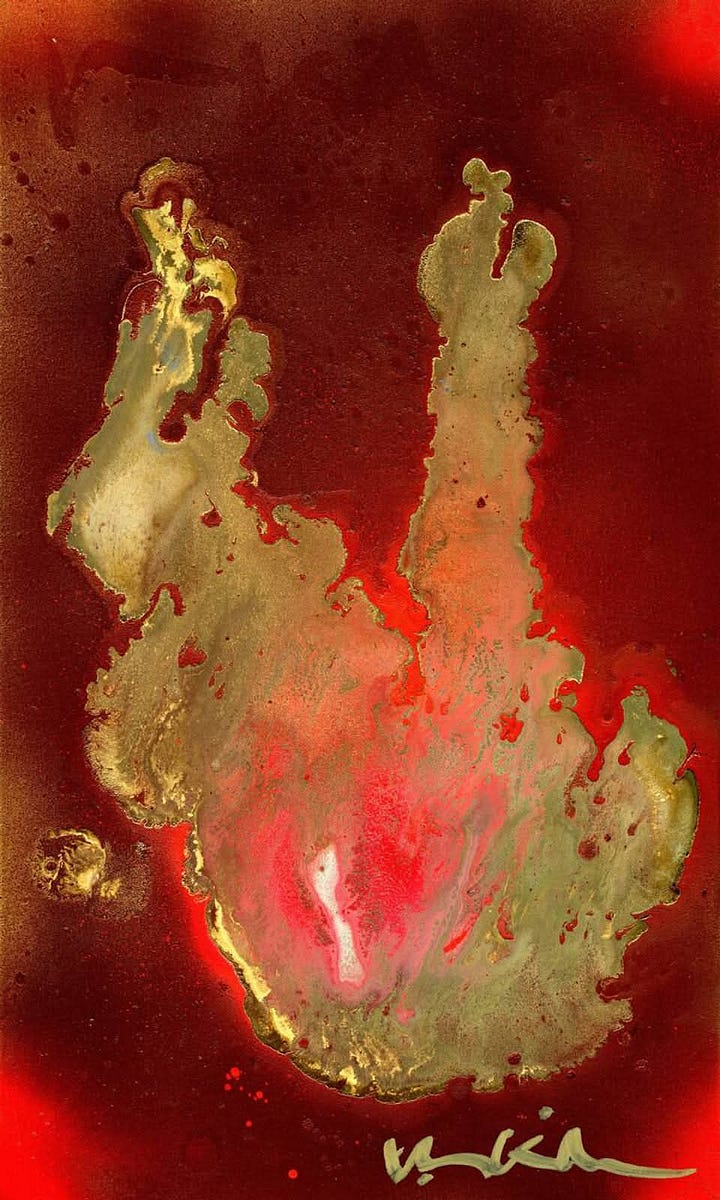
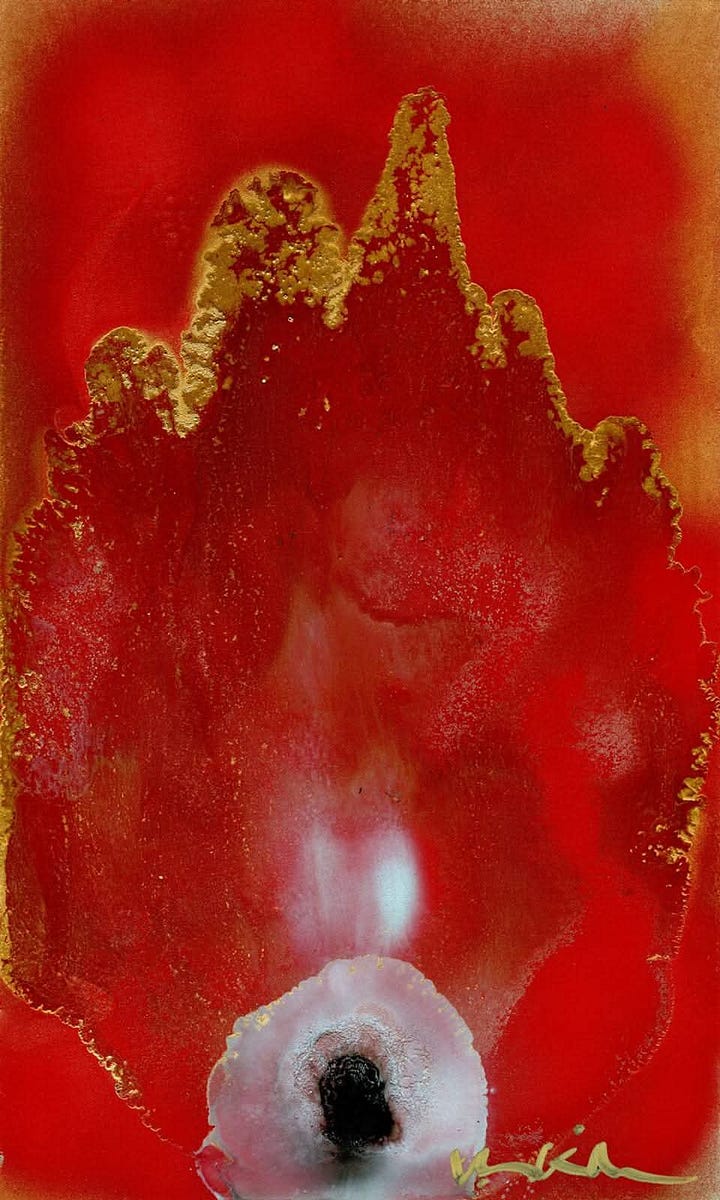
Kilmer’s iconic roles in films such as Top Gun (1986) and The Doors (1991) made him a household name, yet his portrayal of Jim Morrison in The Doors hinted at the complexity and depth that would come to define his artistic journey. His ability to embody intense, layered characters set the tone for his later work in performance art, where he would continue to break boundaries in unexpected ways.
While his acting career thrived, Kilmer began to explore visual arts more seriously in the late 1990s and early 2000s. For him, painting became a therapeutic and deeply personal medium through which he could communicate ideas and emotions that words alone couldn’t convey. His paintings are marked by vivid color palettes, dynamic brushstrokes, and a focus on abstraction, which together invite the viewer to engage with the emotional and philosophical themes embedded within his work.
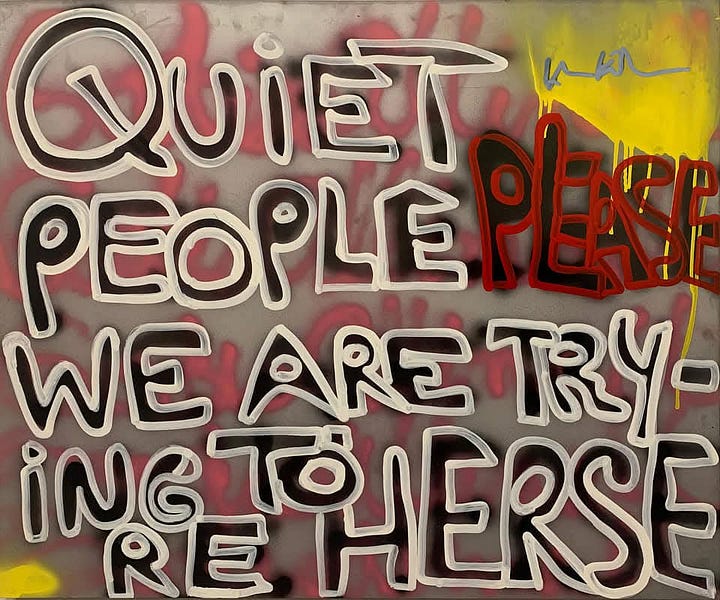
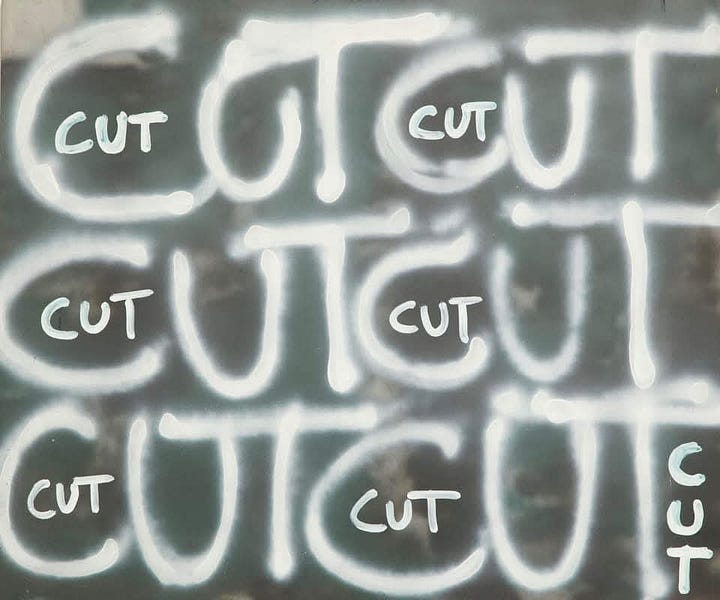
Kilmer described his approach to painting as “intuitive and spontaneous,” drawing from his life experiences and inner emotions to fuel his creative process. His work often grapples with themes of spirituality, identity, and the human condition, offering a window into his introspective nature and philosophical inquiries.
Kilmer’s commitment to his craft resulted in several solo exhibitions, such as Valhalla, which debuted in Los Angeles. This collection of paintings and mixed-media pieces delved into mythology, personal narrative, and existential reflection, with the title itself referencing the Norse hall of the slain; an evocative nod to his fascination with heroic tales and the search for meaning in life. Another exhibition, Icons and Relics, featured portraits of cultural and historical figures that blended realism with abstraction, offering a fresh perspective on well-known subjects while imbuing them with an ethereal, otherworldly quality. Kilmer’s ability to blend these styles earned him critical praise, cementing his place as a significant voice in contemporary art.
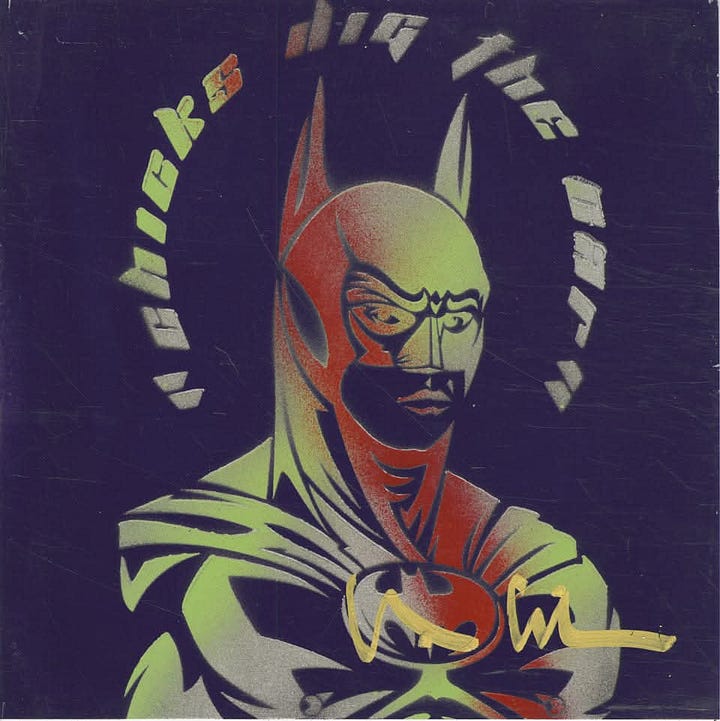
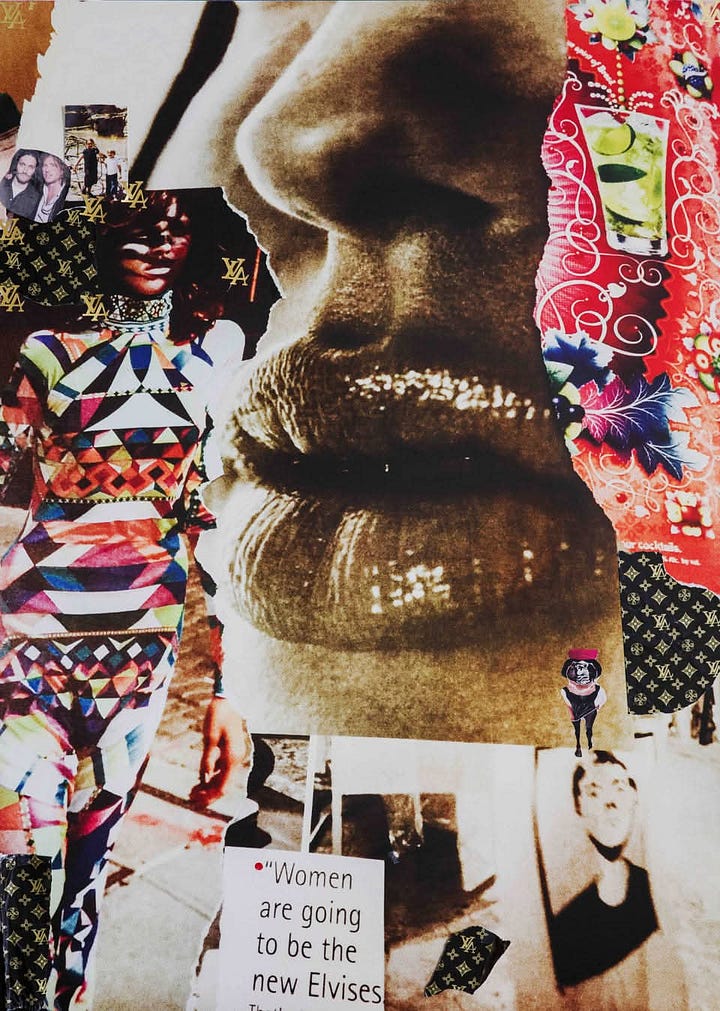
In addition to his work in visual arts, Kilmer explored the realm of performance art with his one-man show Citizen Twain. In this production, he portrayed the legendary American writer Mark Twain, blending elements of theater, spoken word, and visual art into a compelling and immersive performance. The show’s interactive components, including live painting and audience participation, showcased Kilmer’s boundary-pushing approach to the arts and his ability to seamlessly merge different forms of expression.
Kilmer also delved into the written word with his memoir, I’m Your Huckleberry, which offers an intimate reflection on his life and artistic philosophy. In the book, he reveals his holistic approach to creativity, stating, “Art is not a separate thing I do; it is who I am. Acting, painting, writing, they are all expressions of the same creative spirit.” This view underscores the interconnectedness of his work across disciplines and highlights his belief in the transformative power of art.
Kilmer’s contributions to the art world extend beyond his personal success. His ability to transcend artistic boundaries has inspired a new generation of artists to experiment with multiple mediums and challenge conventional norms. His work is a powerful reminder of creativity’s potential to heal, connect, and transform both the individual and the world at large.
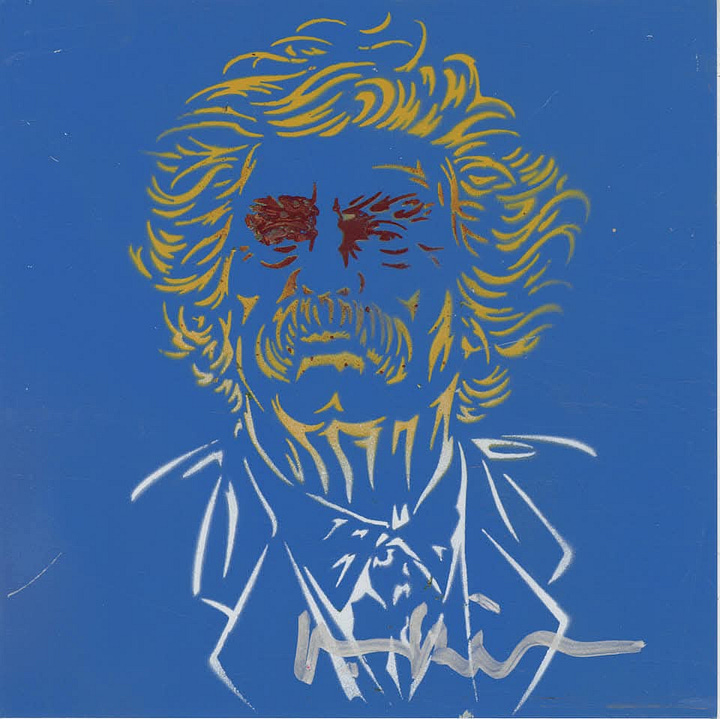
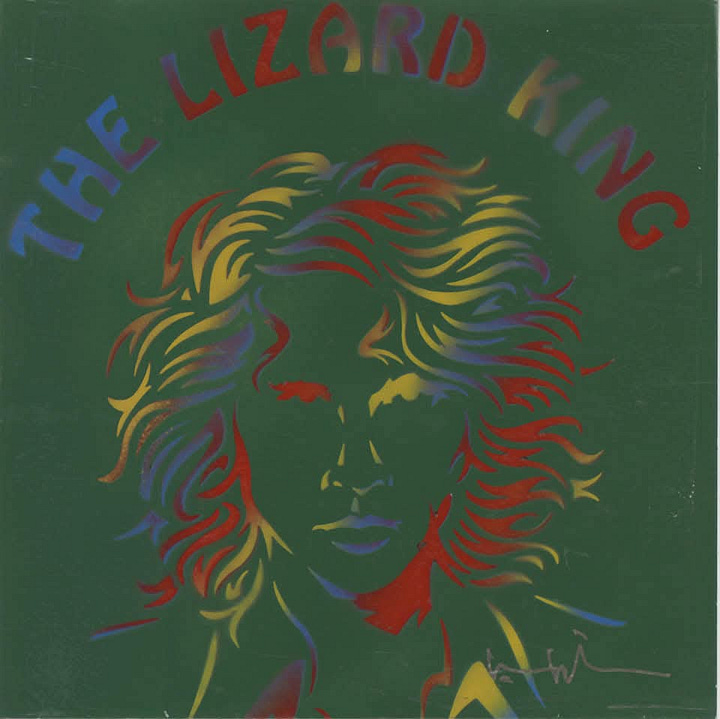
Kilmer’s influence is particularly notable within the context of celebrity art, where he carved a path for other actors and musicians to pursue artistic passions beyond their primary careers. His openness about his personal struggles, particularly his battle with throat cancer, further illustrated the therapeutic potential of art and its capacity to foster resilience and self-expression.
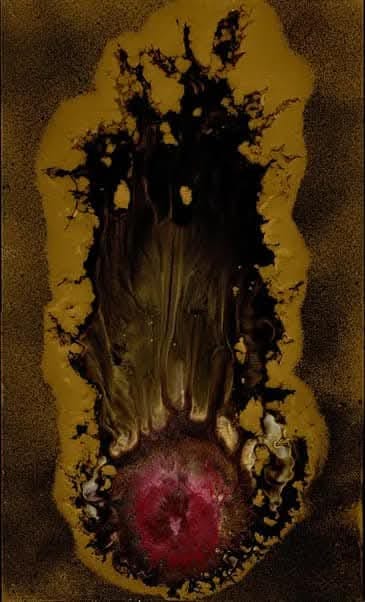
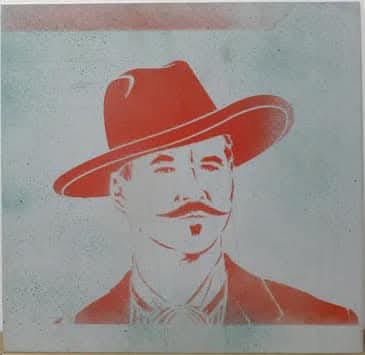
Val Kilmer’s artistic legacy is a testament to the infinite possibilities of human creativity. Whether through acting, painting, performance art, or writing, he continually expanded the scope of artistic expression. His work is marked by emotional depth, philosophical exploration, and a relentless drive to push boundaries. As Kilmer’s legacy endures, it will continue to inspire artists and audiences alike, reminding us all of the transformative power of following one’s artistic vision.
References
Kilmer, Val. I’m Your Huckleberry: A Memoir. Simon & Schuster, 2020.





Val is one of my all time favorite screen presences. His incredibly unique ways of singling out a character’s strengths and flaws made him a standout in film. It takes crazy to know crazy, and he was/is just the right kind of crazy to never let go of when pushing himself and those around them to exceed their own limitations.
There will never be another Jim Morrison more Jim Morrison than Val. There will never be another Batman as far as I am concerned.
I have watched him in The Saint over and over again, changing persona seamlessly, accent and all. No actor ever looked as good or sexy in long hair to me; I can recite his scenes with Elizabeth Shue as the South African artist from memory.
I will never forget the first time I ever saw him in Willow, hanging in a cage. As Madmartigan his uniqueness immediately showed. I was totally sprung. I knew this was the actor I would follow from one film to the next to the end of time. From that moment he was my total crush.
It is hard to let go of him knowing there will never be another quirky Kilmer role for me to obsess over. His vulnerability as Doc Holliday in Tombstone brought tears to my eyes, even as he actually laid on a bed of ice to create an authentic death scene.
It was crushing watching him over the years as he suffered through cancer, and it is even more devastating to think of such an incredible creative succumbing to something as unmagical as pneumonia.
I will never forget when he brought Triggerson, a descendant of the original horse Trigger onstage to honor Roy Rogers at the 1999 Oscars. He had a way with horses, on screen and off. I am relieved to know in my heart he is free again from the burden of his challenging health, riding a white horse bareback in the stars.
I have a bit of resentment for "celebrity" artists.
There are a number I have encountered who I find lacking in many fundamental areas artistically. Yet they command huge price tags for mediocre (sometimes that is a stretch) work because of who they are. The arrogance that comes with pre-made success just makes me nauseous. There are tens of thousands of more talented people out there who would pull a Van Gough for a fraction of the attention these celebrity hacks receive.
Val Kilmer was not one of them.
His Twainmania Foundation is a perfect example. His support of others was immense.
His support of the Indigenous community was great.
He was gifted, and I can't recall the last time I read about him talking about how great he was.
He was grateful for the time he had been gifted, in spite of his health--or maybe because of his health? It doesn't matter. His gratitude shown brightly.
And he had the ability to relay life through color and composition that many other celebrity artists could only hope to achieve.